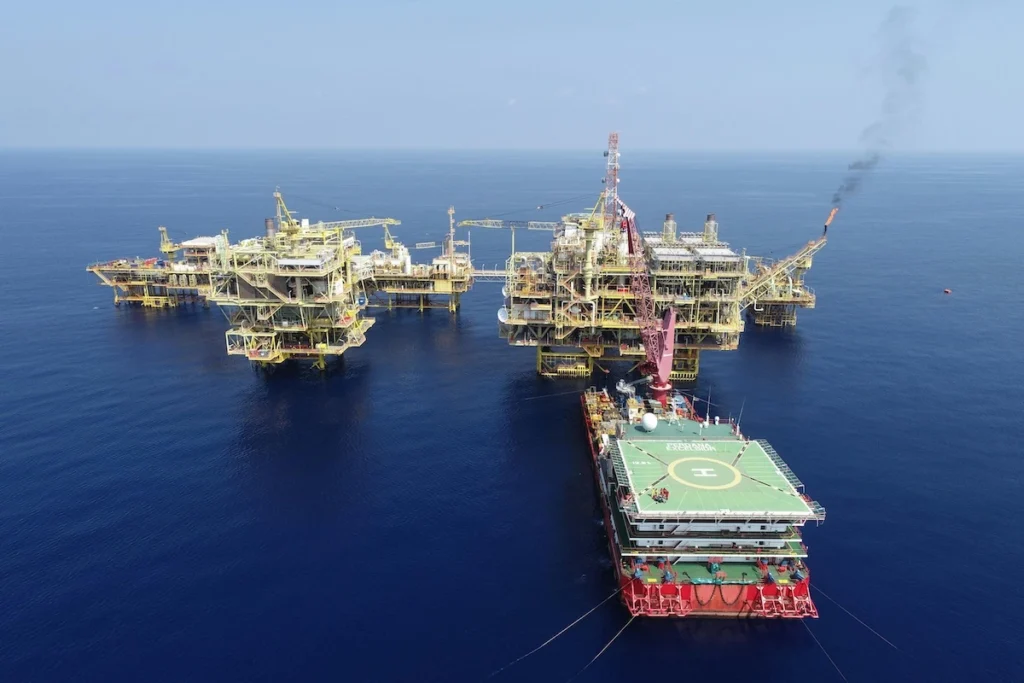The oil and gas industry is one of the most critical sectors in the global economy, providing the energy that powers industries, homes, and transportation. However, it is also one of the most challenging industries to operate in, facing a myriad of issues ranging from hazardous environments to skill shortages. In recent years, technological advancements, particularly the advent of smart glasses and remote assistance, have emerged as a game-changer for addressing these challenges. This article explores the common pain points in the oil and gas industry and how smart glasses offer innovative solutions.
Challenges in the Oil and Gas Industry
The oil and gas sector is fraught with complexities that make operations difficult and costly. Below are some of the most pressing challenges:
Hazardous Environments
Oil and gas operations often take place in extreme and dangerous environments, such as offshore rigs, refineries, and remote drilling sites. Workers are exposed to risks like high temperatures, toxic gases, and the potential for explosions. Ensuring safety in these environments is a constant struggle for companies
Communication Gaps
Effective communication is critical in the oil and gas industry, especially when teams are spread across multiple locations. Miscommunication can lead to costly errors, delays, and even accidents. Traditional communication tools often fall short in providing real-time, hands-free solutions for workers in the field.
Skill Shortages
The industry is grappling with a shortage of skilled workers, exacerbated by an aging workforce and the difficulty of attracting younger talent. This shortage makes it challenging to maintain operational efficiency and safety standards.
Cost Pressures
Fluctuating oil and gas prices create immense pressure to reduce development expenses and ongoing production costs. Companies are constantly seeking ways to optimize operations and cut costs without compromising safety or efficiency
Equipment Downtime
Unplanned equipment downtime can lead to significant financial losses. Diagnosing and resolving issues quickly is critical, but this often requires expert technicians who may not always be available on-site.
How Remote Support Address These Challenges
Remote Support and Smart glasses are revolutionizing the way the oil and gas industry operates. Here’s how they tackle the sector’s most pressing issues:
Enhancing Safety in Hazardous Environments
Smart glasses are designed to be intrinsically safe, with certifications like ATEX Zone 1, making them suitable for use in explosive environments. They allow workers to access critical information, such as safety protocols and equipment manuals, without needing to use their hands. This hands-free functionality reduces distractions and enhances safety.Additionally, smart glasses can provide real-time hazard alerts and guide workers through complex tasks step-by-step, minimizing the risk of accidents.
Bridging Communication Gaps
Smart glasses enable seamless communication between field workers and remote experts. Using features like live video streaming and voice commands, workers can share what they see in real-time and receive immediate guidance. This eliminates the need for lengthy email exchanges or phone calls, ensuring faster and more accurate problem-solving. For example, a technician on an offshore rig can use smart glasses to connect with an expert located thousands of miles away, who can then guide them through a repair process as if they were on-site.
Addressing Skill Shortages
With smart glasses, less experienced workers can perform complex tasks under the guidance of remote experts. This technology essentially democratizes expertise, allowing companies to make the most of their existing workforce. It also serves as a valuable training tool, enabling new hires to learn on the job with real-time support.Moreover, the interactive AR features of smart glasses can overlay instructions and diagrams directly onto the worker’s field of vision, making it easier to understand and execute tasks.
Reducing Costs
By improving operational efficiency and reducing the need for travel, smart glasses help cut costs significantly. Remote experts can assist multiple sites without leaving their office, saving time and money on travel expenses. Additionally, the ability to resolve issues quickly minimizes downtime and associated costs.
Minimizing Equipment Downtime
Smart glasses allow technicians to diagnose and fix equipment issues faster by providing instant access to technical documentation and remote expert support. This reduces the time it takes to get equipment back online, ensuring minimal disruption to operations.
Real-World Applications of Smart Glasses in Oil and Gas
Several companies have already begun integrating smart glasses into their operations with impressive results. For instance:
- Remote Maintenance and Repairs: Field workers use smart glasses to connect with remote experts who guide them through complex repairs, reducing the need for on-site visits.
- Safety Inspections: Smart glasses and remote assistance enable workers to conduct safety inspections more efficiently by providing real-time data and step-by-step instructions.
- Training and Onboarding: New employees can use smart glasses to access interactive training modules, accelerating their learning curve and reducing the burden on senior staff.
The Future of Smart Glasses in Oil and Gas
As the oil and gas industry continues to embrace digital transformation, the adoption of smart glasses is expected to grow. Future advancements in AR and wearable technology will likely make these devices even more powerful, lightweight, and user-friendly. This will further enhance their ability to address industry challenges and drive efficiency, safety, and cost savings.
Challenges
The oil and gas industry faces numerous challenges, from hazardous environments to skill shortages and cost pressures. Smart glasses and remote assistance offer a transformative solution, enabling safer, more efficient, and cost-effective operations. By leveraging this cutting-edge technology, companies can not only overcome current challenges but also position themselves for long-term success in an increasingly competitive and complex industry.
Photo: Pexels

